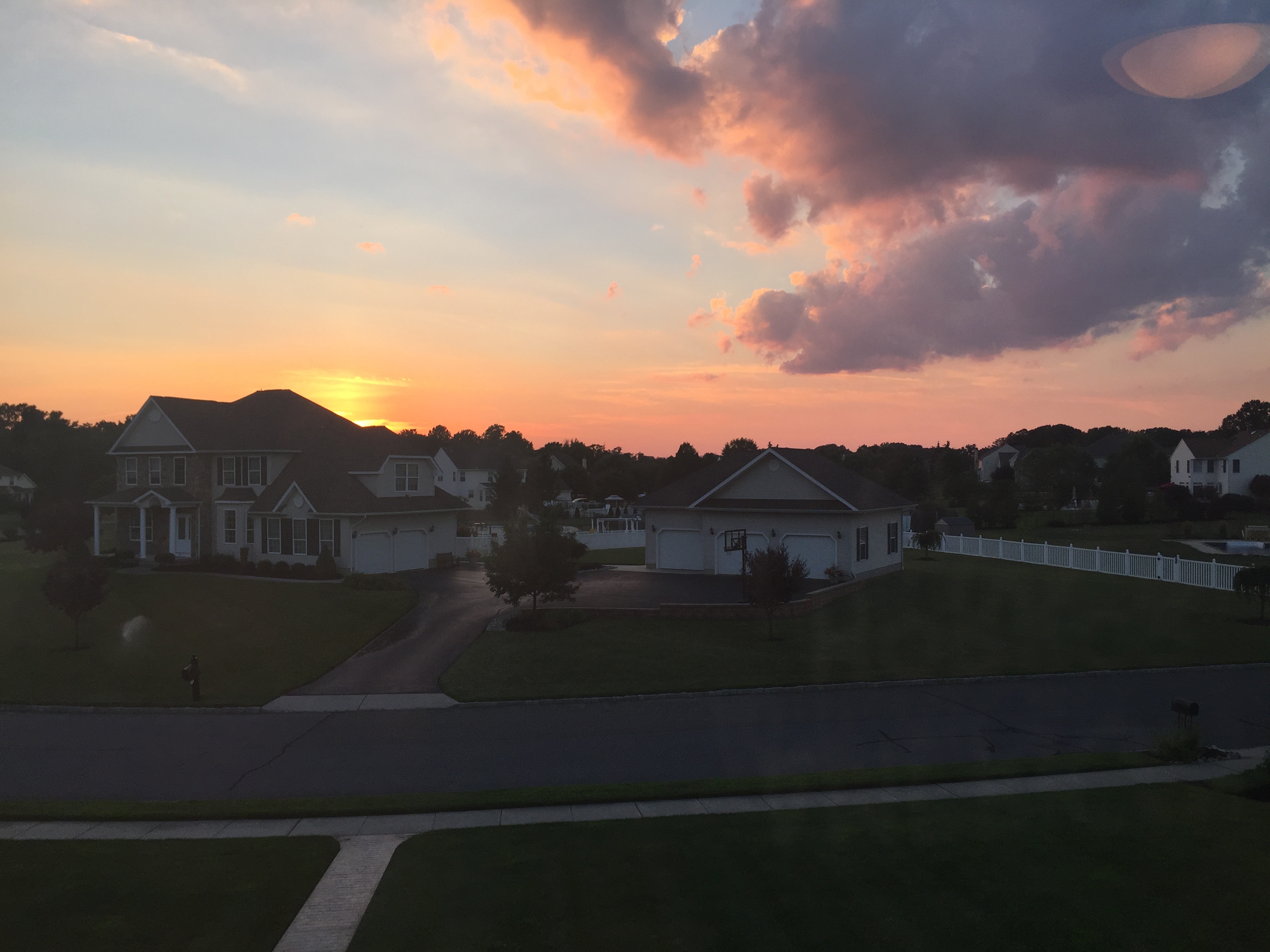
Uploaded on 2016-07-21 by Kyle Rowe
Three important stocks of Mullica Hill, New Jersey, are people, information, and space. Mullica Hill is a very small town in southern New Jersey with a populaton of less than 4,000. Because of the small population, the stock and flow of people is essential for the sustainability of this town. With the wide variety of people living here, there are many ways for people to flow in and out of the area. Many new families move in for both the public and private schools in the area, and as a nice alternative to larger towns and cities in the area with higher population densities and higher taxes on property and land. On the other end of things, there are a few living communities for retired citizens, and unfortunately people flow out of the population by passing away. There is also the flow of people moving out to attend college, work, or retire. That being said, the population has constantly been growing, and the more people that people flow in, the more livable and sustainable the town becomes, making it less likely that people choose to flow out. As in most communities, information is an extremely important stock and flow of Mullica Hill. It houses the Gloucester County Library, which is the main stock of information in the whole county. As more information flows into the system, it flows out with the people who visit the space. This example goes along with the stock and flow of people. When people flow in, they bring information from other systems. If this information is new to the town, and is communicated effectively, it could have a huge impact on the livability of the town and the people who inhabit it. Finally, space is a key stock and flow of this system. Since Mullica Hill is a very historic town, dating back to the early 1700s, there is a stock of space that belongs to the people and is untouched by the government. This is extremely important in order to keep the identity of the system intact. However, there is much opportunity and current progress being made on expanding the living space for the new flow of people into the town. With the new flow of space and land area into the system, it can accommodate the new flow of people, as well as create an attractive contrast between modern living spaces and historical landmarks, keeping the rich history of the town alive.